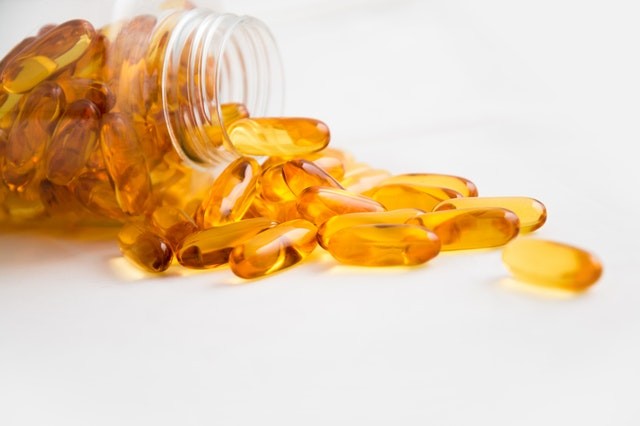With the use of highly innovative fluidic flow approaches plausible in the Flinders VFD or vortex fluidic device, an Australian research team has capped off a decade of study to discover a technique to use "clean chemistry" to unravel the mystery of "mixing immiscibles."
A Phys.org report said that in one of the major scientific problems, a Flinders University device which formerly "unboiled" egg protein is currently raveling the incompatible fluids' mystery. This is a development that could improve a lot of future products, industrial procedures and even the food humans consume.
Such innovation will have used in an array of worldwide industries, from food processing and nutraceuticals to cosmetic products and delivery of drugs like pure and effective fish oil capsules.
According to the new paper's senior author Professor Colin Raston, mixing immiscible fluids is basically essential in process engineering and typically involves so much energy input, as well as waste products.
In addition, Professor Raston, the 2020 SA Scientist of the Year added, they're now demonstrating this process with the use of a "common solvent and water," can prevent the use of other substances for regulating reactions across immiscible liquids, making it greener and cleaner.
ALSO READ: World's First Petabyte Hard Disk Drive Contains Glass for Better Storage Capacity

Use of 'Thin-Film' Microfluidics
Employing thin-film microfluidics combined with "high shear flow chemistry and high heat and mass transfer," the quickly developing VFD technology is disabling the mixing restrictions of customary batch processing, explained Matt Jellicoe, who's also from the Flinders Institute for Nanoscale Science and Technology.
Co-author of the study published in Chemical Science, Aghil Igder who's also from the Flinders said they have carried out more than 100,000 experiments to establish the manner liquids are mixing and what their behaviors of flow are at very tiny nano-meter dimensions.
More so, the Flinders University researchers have upsized the VFD machine too, on experimental biodegradable polymers to begin making its organic elements and clean technologies available at scale to fit an array of industries.
Vortex Fluidic Device
According to a similar Nanowerk report, essentially, the vortex fluidic device used in several experiments to make quality drug elements like peptides, better fish oil, and food items, as well as many other value-adding green chemical processes which can now be simulated in a scaled-up edition of the device which has been created.
Collaborators in this particular research comprise study investigators from China-based Guangzhou University, The University of WA, University of Newcastle, ANSTO and Flinders Microscopy and Microanalysis and Flinders Centre for Marine Bioproducts Development at Flinders University.
Related information about the possibility of mixing oil and water is shown on The Action Lab's YouTube video below:
RELATED ARTICLE: Changing Physical Shape of Chalcogenide Glasses Could Unlock Visible, Ultraviolet Applications
Check out more news and information on Chemistry in Science Times.














